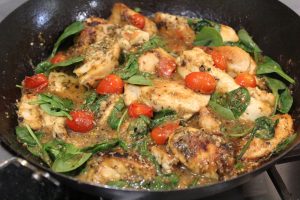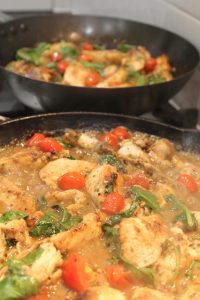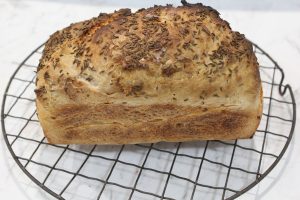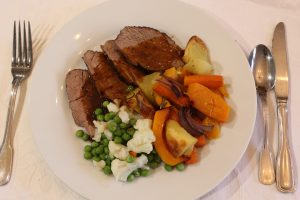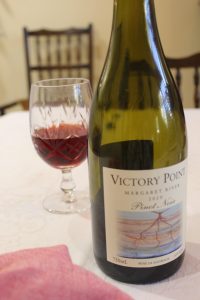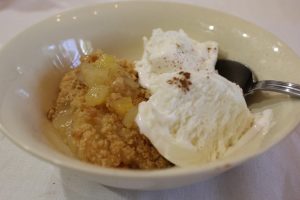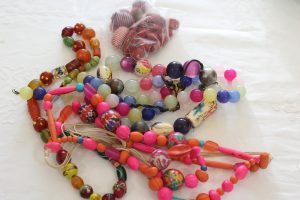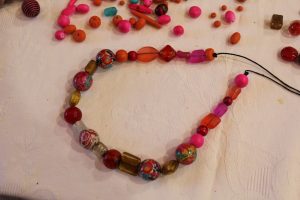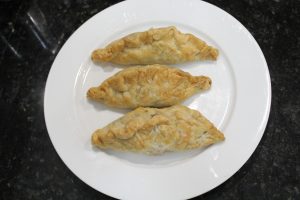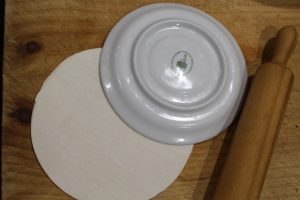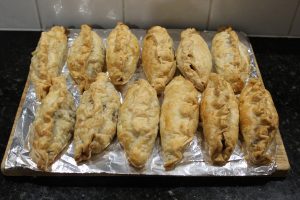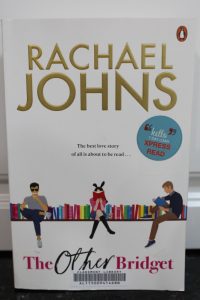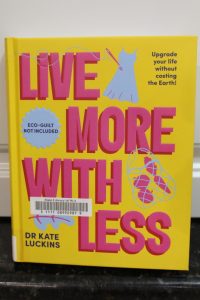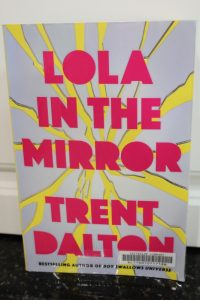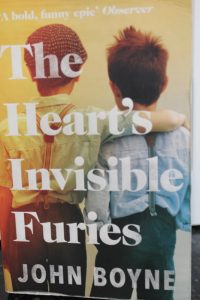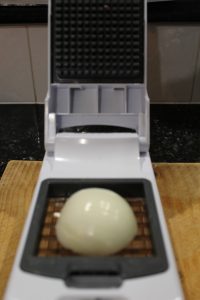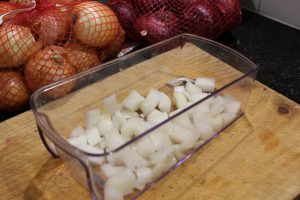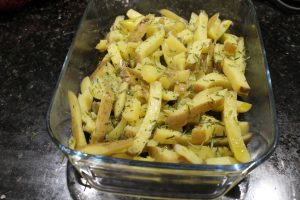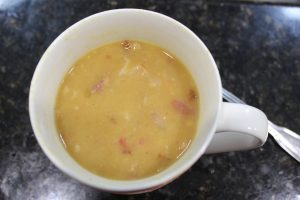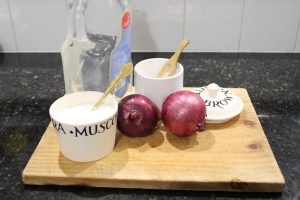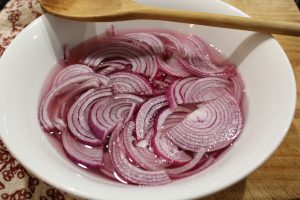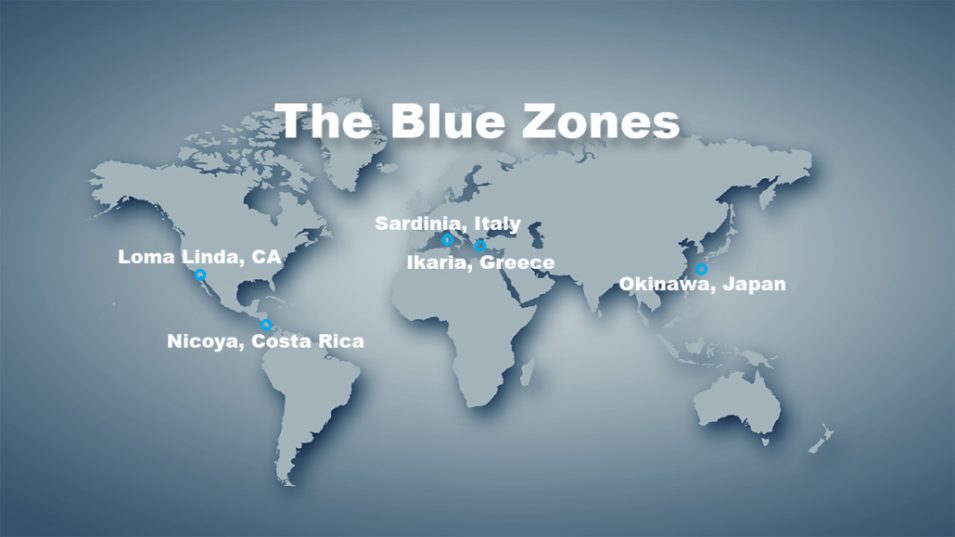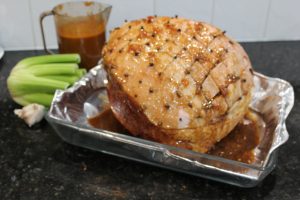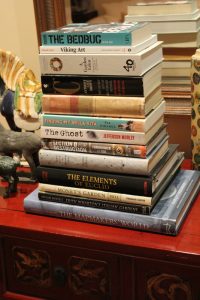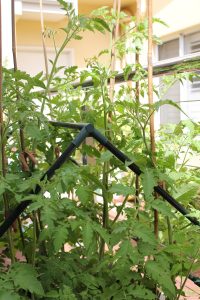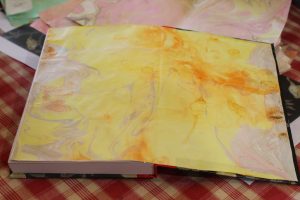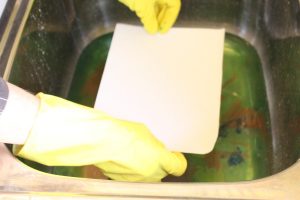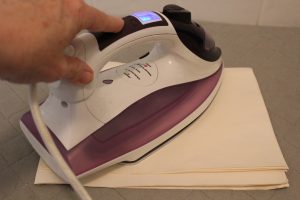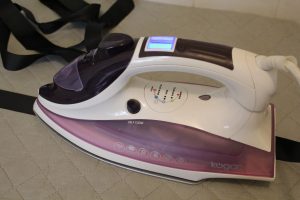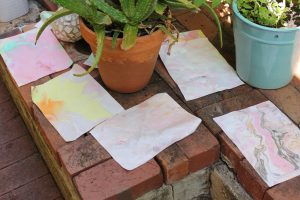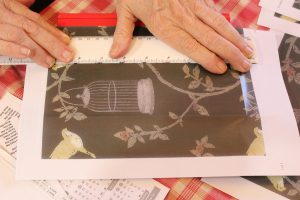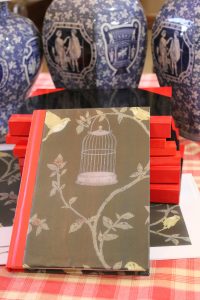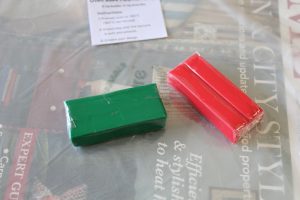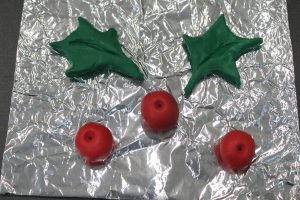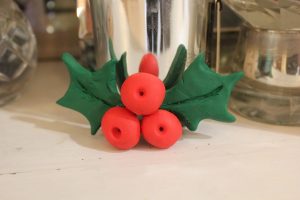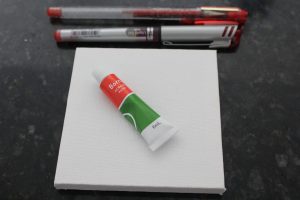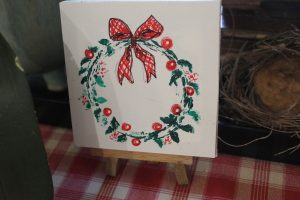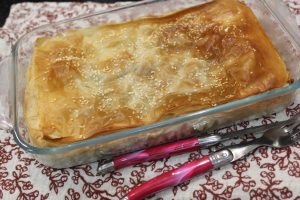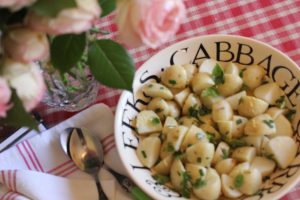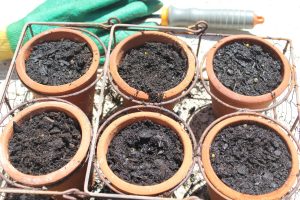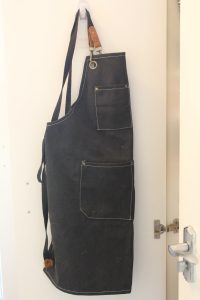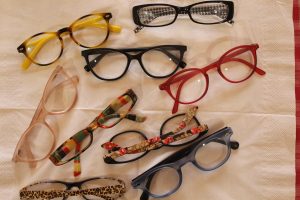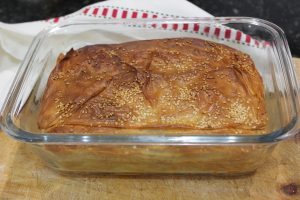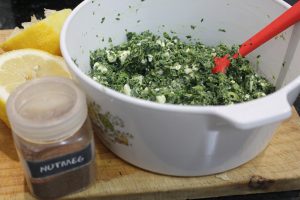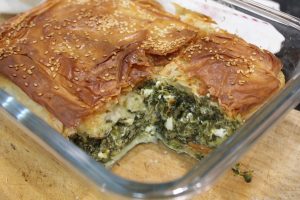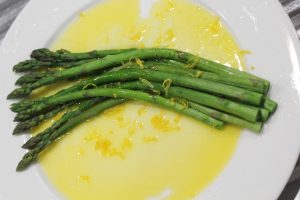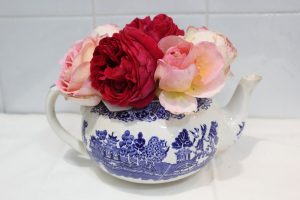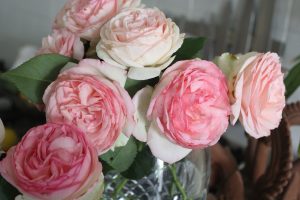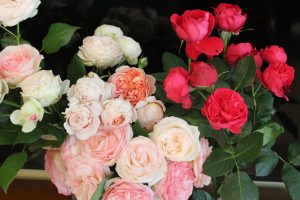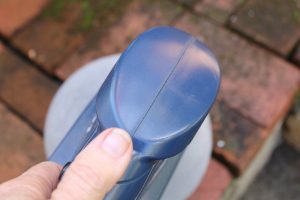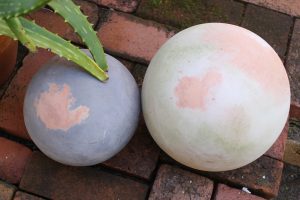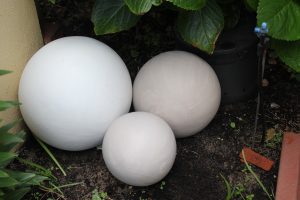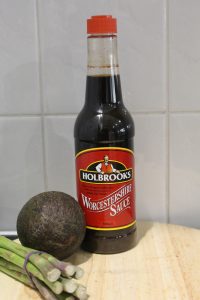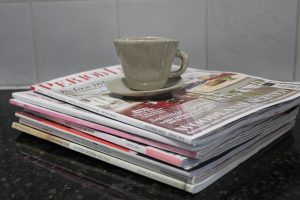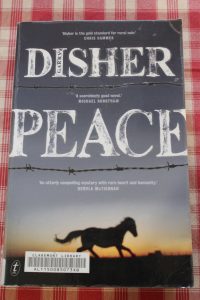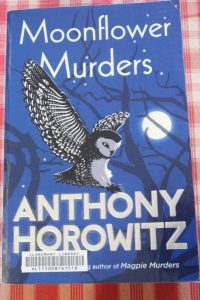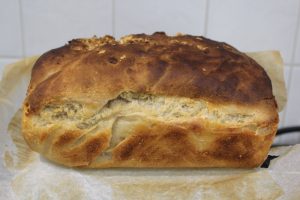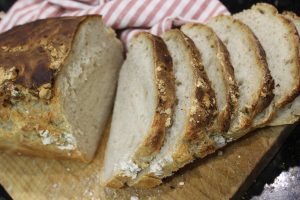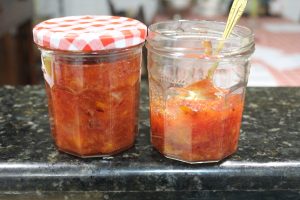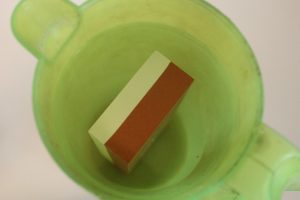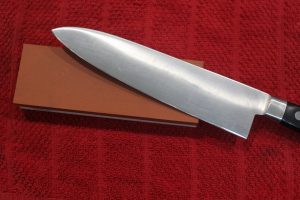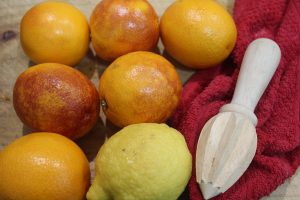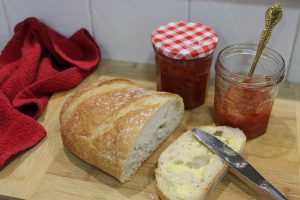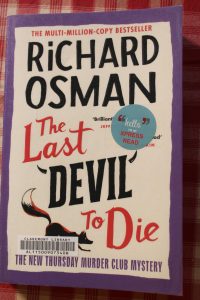Bali
Regular readers know our favourite holiday destination is Bali. Bali holds a special place in the hearts of many Australians. We like to spend a few weeks here every year. This means we can do day trips to learn more about the Balinese and how they live plus spend time enjoying the countryside. We have always stayed at the same villa in Seminyak. Delightful staff, comfortable villa and a great pool in a pretty garden. Close to cafes and restaurants, spas offering reflexology and pedicures and lots of opportunities to admire decorator items I don’t need but really like.
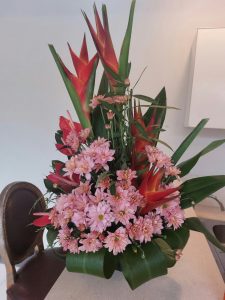
Greeted by beautiful flowers. So lovely!
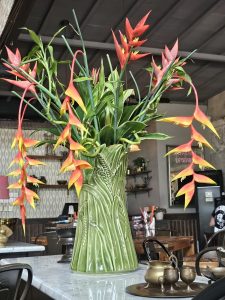
Arrangements of flowers are everywhere. Frangipani blossoms decorate hairstyles, tables, uniforms and our pool, until the cleaners come and remove them. I gather them and place then in a line to record how many laps of the pool I’ve done. Works well until there is a gust of wind and they blow away!
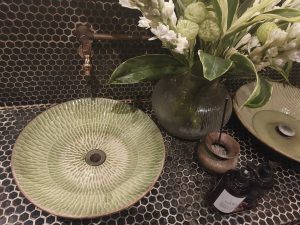
A favourite lunch restaurant has divine green crockery, vases and even wash basins. The floral arrangements in Bali are so beautiful!
Bali is all about relaxing. Our other holidays involve long lists of things we must do, places we must visit and things we must see. Bali is very beautiful and has a fascinating history and unique culture which can be learnt about slowly and bit by bit. It also has beautiful accommodation often in lush green tropical gardens and fabulous cafes and restaurants.
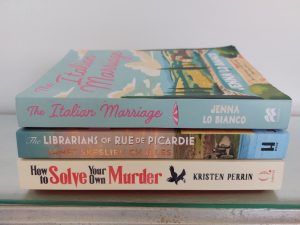

Time to read.
Before Covid, Bali was a bit frenetic once you stepped out of your accommodation but those levels of crowding and rushing haven’t returned. We like the more relaxed pace of life here. There’s time to read and swim and wander about. I find the architecture really interesting, from traditional Balinese styles to very modern buildings. I’m always peeping at lush gardens when we’re walking around.


I spend a lot of time in the pool. The weather is warm to hot and the pool is lovely day and night. I start the day in the pool and often end the day in there, too, with a few swims in between. I burn easily as a fully paid up member of the melanoma family so I wear a rashie ( a long sleeve shirt designed to limit sun exposure) and unless I’m doing laps, I wear a large, floppy hat. Lots of frequently applied sun screen, too.
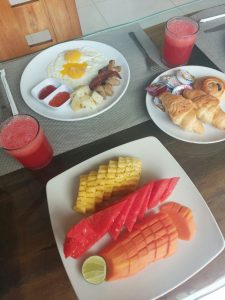

We have breakfast delivered in the morning and enjoy sitting at the table planning where we’re going for lunch. Sometimes our son is here, too, so we collect ideas before we even come to Bali and then refine our plans once we are here. The food scene is Bali remarkable. There are so many choices from simple, fresh cafe meals to sophisticated and wonderful restaurants. We like to check out the new restaurants and also go to a few we’ve been going to for years. Food delivery services seem to arrive with your order very quickly, too, if you don’t want to go out. There’s also many supermarkets where you can buy the basics and some things you might not recognize!
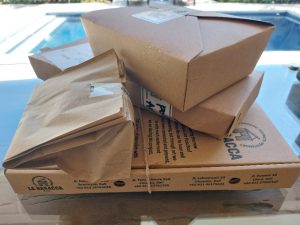
Post pool peckish? The hardest part is deciding what to eat! Delivered quickly.

Delicious treats after we’d decided not to have dinner because we’d had a big lunch! It was a good plan until we were feeling hungry later in the evening.
There’s a lot of places providing good massages. A habit developed when we lived in China is regular reflexology. Not just a nice foot and leg rub, but a really good session of reflexology. Our favourite practitioner has gone! Her shop is now a hair dresser and no one knows where she’s gone. Shame. But there are plenty of other options and we quickly found a great place.


There are many personal services, too, such as pedicures and manicures, facials and a whole array of age defying treatments. I’ve heard people come here on holiday and have dental work done very economically and today I saw a sign outside a clinic offering teeth whitening and treatments. We often come to Bali when it is cold at home and I’ve been wearing boots, so a pedicure is something I seek soon after arriving. The other booming business is tattoos.
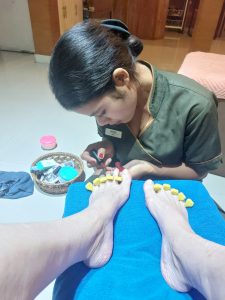
I enjoy looking in the decorator shops, the jewellery shops and less often, the clothing shops. I’ve had boots made and know people who have clothes made, too. I like the woven, lined rattan baskets with drawstring tops and a zippered pocket, too, but shouldn’t buy any more.
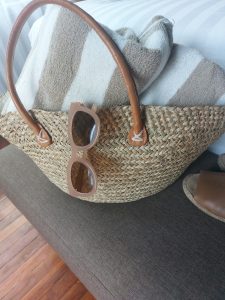
Strong, light and so useful, but I don’t need any more!
I’ve spent a lovely morning at a perfume making workshop and my son and I did a Balinese cooking class. Wonderful morning, learnt so much about preparing Balinese produce and flavours and also about Balinese celebrations and village life.
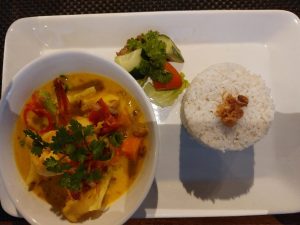
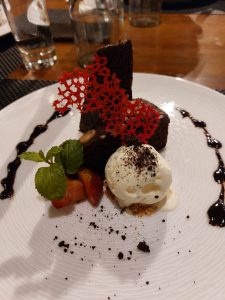

Went with our dear Balinese friends to their favourite restaurant, Mr Bob’s in Nusa Dua. Lovely dinner of seafood curry, brownies and icecream. Then Mr Bob arrived and wanted us to have a traditional Balinese dessert in his Balinese restaurant. So pretty, so good.
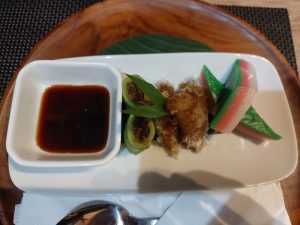
Each little treat could be dipped into the palm sugar syrup. Looked lovely, tasted lovely.
So Bali is our idea of a restful holiday with no pressure to do anything but relax and enjoy!

